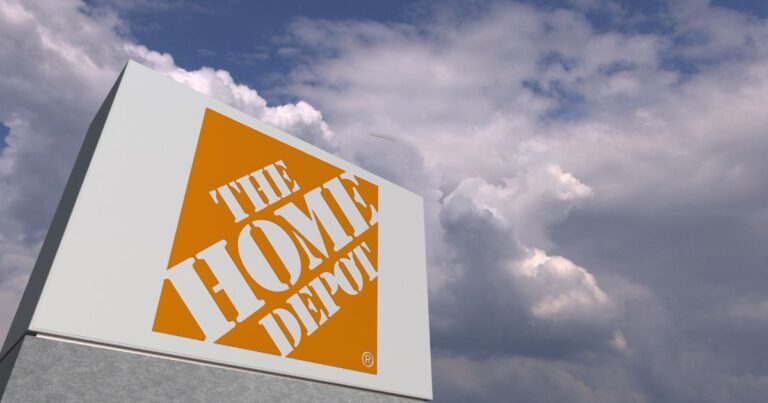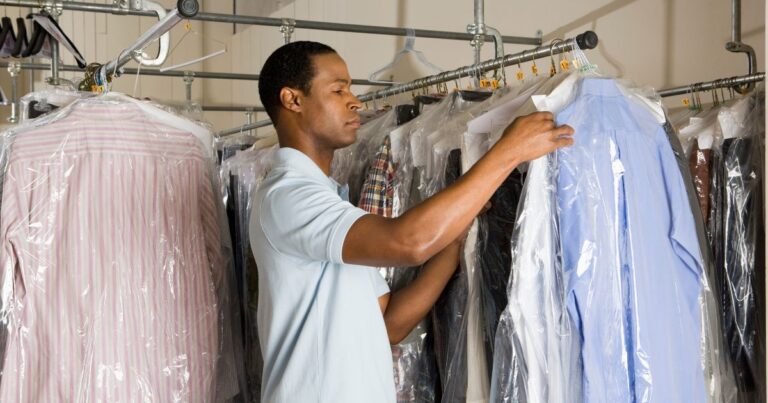 By Bobbi Chase Wilding, Organizer at Clean New York.
By Bobbi Chase Wilding, Organizer at Clean New York.
Can I tell you my secret? I have toxic products in my home. As an environmental health advocate for more than a decade, I know more than the average mom about where toxic chemicals might lurk and what kinds of impacts they could have on my two daughters’ health. I also have the benefit of having an XRF Analyzer (a hand-held device that can tell which elements are present in a product, from heavy metals, to PVC, to indications of toxic flame retardants).
So I know, rather than suspect, that the wonderful rocking-reclining love seat that my husband and I eyed for years, bought when our first daughter was born and still adore five years later has brominated flame retardants in the foam. So does my television, an old CRT we saved from the landfill when a friend’s father relocated from Connecticut to Texas. Even the foam on the inside of my infant seat (now used for baby number two) has these toxic flame retardants.
[pullquote]/What do we do with expensive durable goods that contain toxic chemicals? Do we spend hundreds, if not thousands of dollars to replace them? /[/pullquote]And if we do, how can we be certain we aren’t unwittingly bringing in other toxic chemicals? What do we do with the now-cast off items? Donate them to charity, so someone else, likely with fewer resources, is also exposed? They don’t deserve toxic products just because they have less money. Send them to a landfill or incinerator where toxic chemicals will pollute the groundwater and air? How do I balance personal environmental health concerns with my other priorities, which include reducing consumption and disposal and conserving our limited natural resources?
I feel caught in a toxic trap. It’s a headache and a heartache.
What’s a girl to do? Through my work, I long ago realized that while it’s important to be as careful as possible when making personal purchases, when it comes to avoiding toxic chemicals, we can’t eat, shop, or exercise our way out of this problem. What we need is a strong chemical management system that prevents toxic chemicals from getting into the marketplace in the first place. We need regulators and chemical manufacturers to be assessing chemicals based on their inherent hazards rather than using easily-manipulated calculations of “risk.”
What we need is a strong chemical management system that prevents toxic chemicals from getting into the marketplace in the first place.
That’s why I’m excited to support efforts to reform the Toxic Substance Control Act (TSCA). Congress has the real power to fundamentally change the way manufacturers approach chemical production. While all of us must demand safer products at the retail level, the real solutions come when chemicals used in commerce are safe from the very start.
Right now Congress is considering legislation that would, for the first time, require the chemical industry to demonstrate that chemicals are safe before they end up in our homes, schools, and businesses. In other words, no more experimenting with public health. In another major shift, the legislation would require chemical makers to provide basic health and safety information for all chemicals as a condition for staying in or entering the marketplace, and to make that information public.
When TSCA became law in 1976, smoking was permitted in airplanes and hospital rooms. There were no seatbelt laws. Lead was still being added to gasoline. In the 34 years that have passed, Americans and our elected officials have taken action on all of these issues and witnessed significant improvements in public health.
It’s time for Congress to update TSCA and dramatically change rules for chemical use. In the end, that’s the only way we can all get out of this toxic trap.



